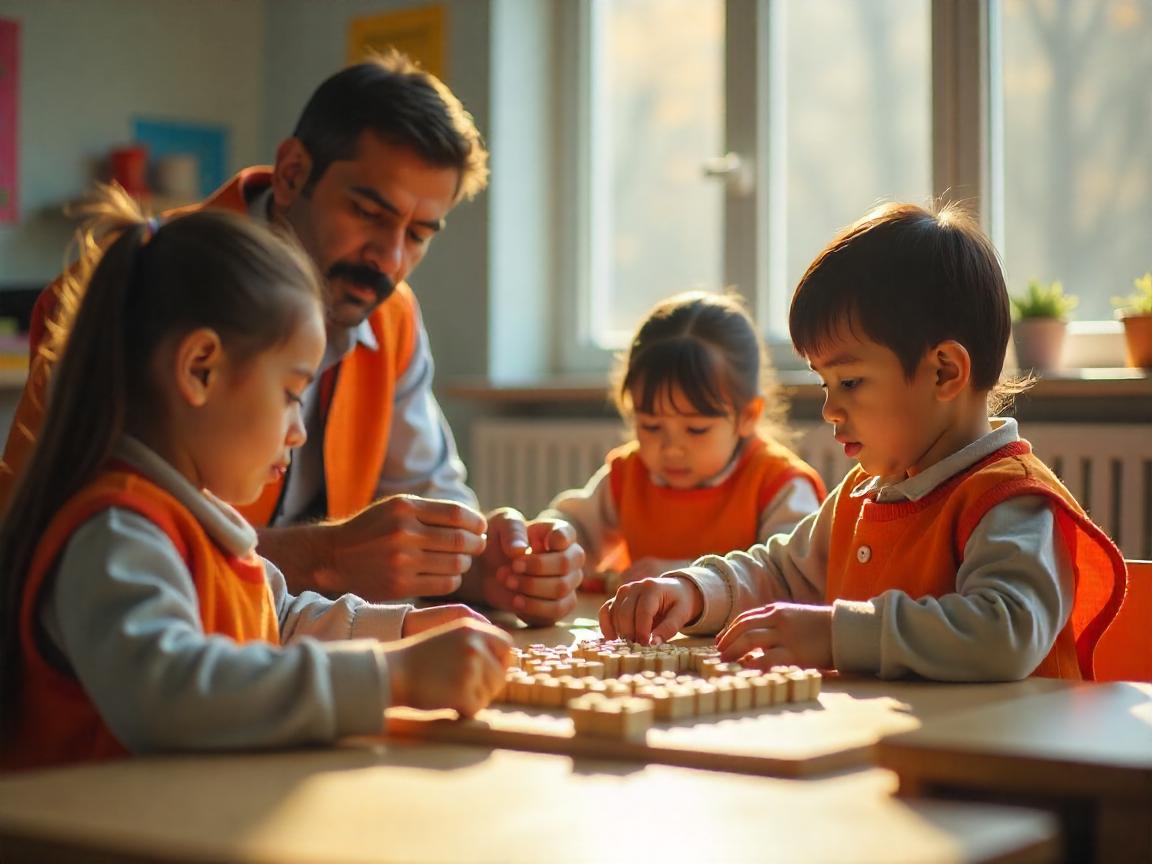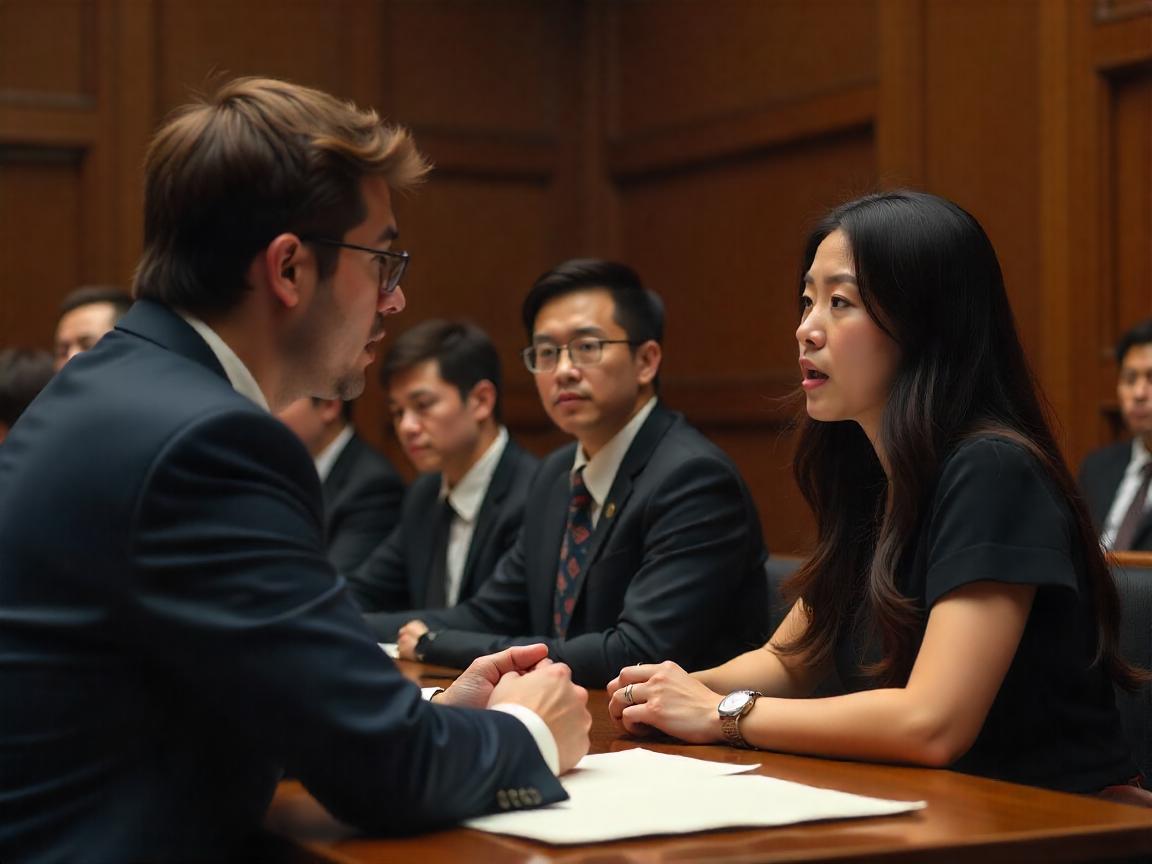Learning world history doesn’t have to be a dull memorization of dates and facts. Interactive world history lessons transform traditional learning by engaging students actively and creatively, making history fun, memorable, and meaningful. By involving students in hands-on activities, discussions, and technology-based experiences, educators can inspire curiosity and deepen understanding across all age groups.
One of the most effective ways to make history interactive is through role-playing. Students take on the identities of historical figures or groups, reenacting important events or debates. This immersive experience helps them empathize with different perspectives and grasp the complexities of historical decisions.
Using multimedia tools like videos, podcasts, and virtual reality tours brings distant times and places to life. For instance, a virtual walk through Ancient Rome or a podcast featuring a historical eyewitness can transport students beyond the classroom and create vivid connections to the past.
Incorporating games and simulations is another powerful technique. Strategy games that mimic empire-building or economic trade encourage critical thinking and problem-solving, while quiz competitions add an element of excitement and friendly competition to review sessions.
Project-based learning, where students research and create presentations, models, or timelines, promotes creativity and ownership of knowledge. Collaborative group projects foster teamwork and communication skills, essential for academic and personal growth.
Technology also enables interactive timelines and maps, allowing students to explore historical events in context and visualize how different developments connect across time and geography. These tools cater to diverse learning styles and make complex information more accessible.
Discussion and debate encourage students to analyze causes and effects, consider multiple viewpoints, and develop reasoning skills. Thought-provoking questions about ethical dilemmas or alternative historical outcomes stimulate deeper engagement.
Finally, incorporating contemporary connections helps students see the relevance of history in today’s world. Comparing past events to current issues encourages critical thinking and inspires students to become informed global citizens.
In summary, interactive world history lessons use role-play, multimedia, games, projects, technology, discussion, and real-world links to create an engaging learning environment. These methods not only make history enjoyable but also foster lasting understanding and skills that extend beyond the classroom.



